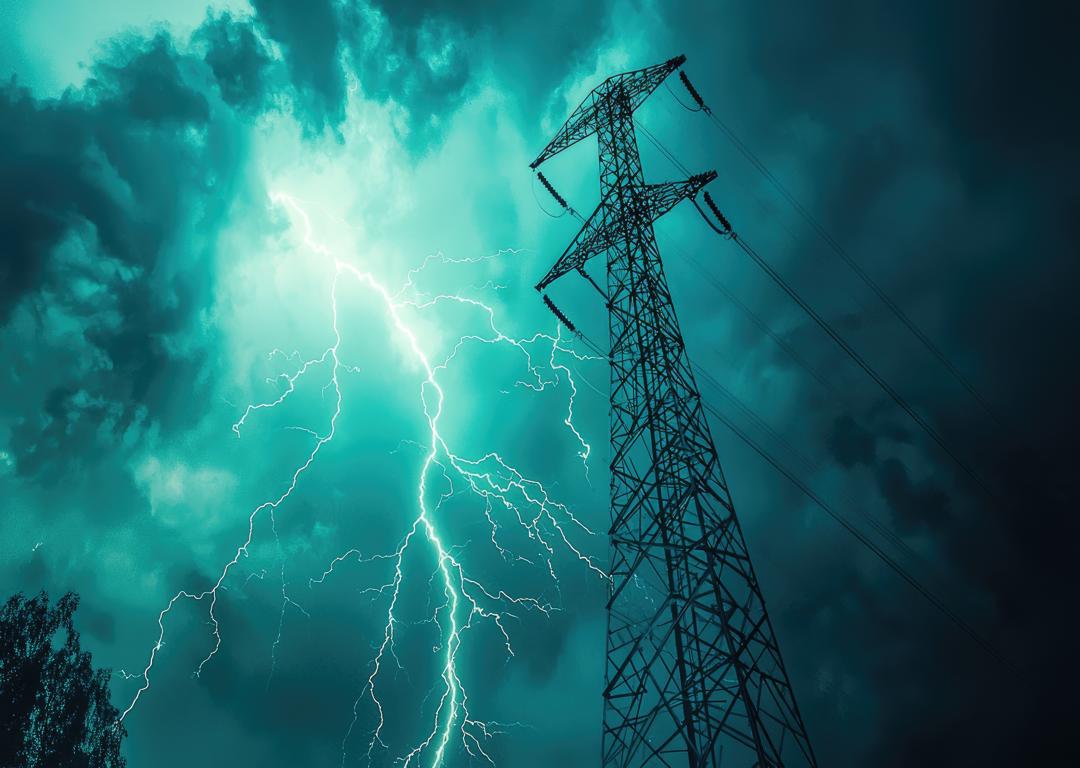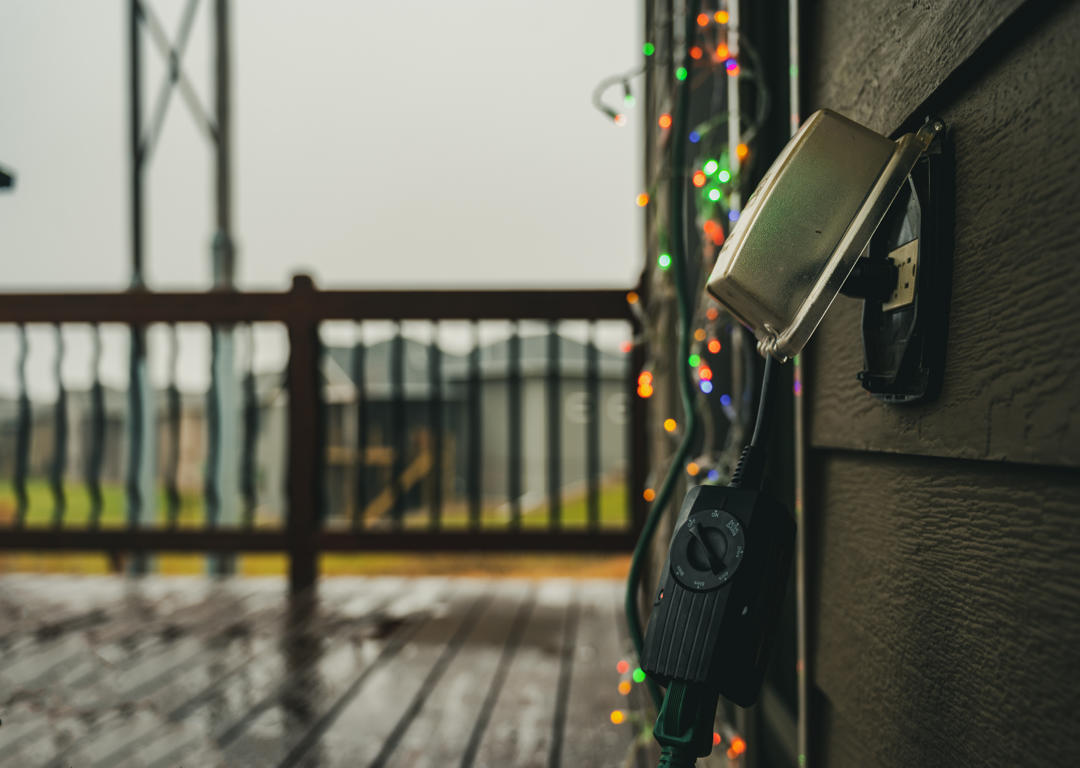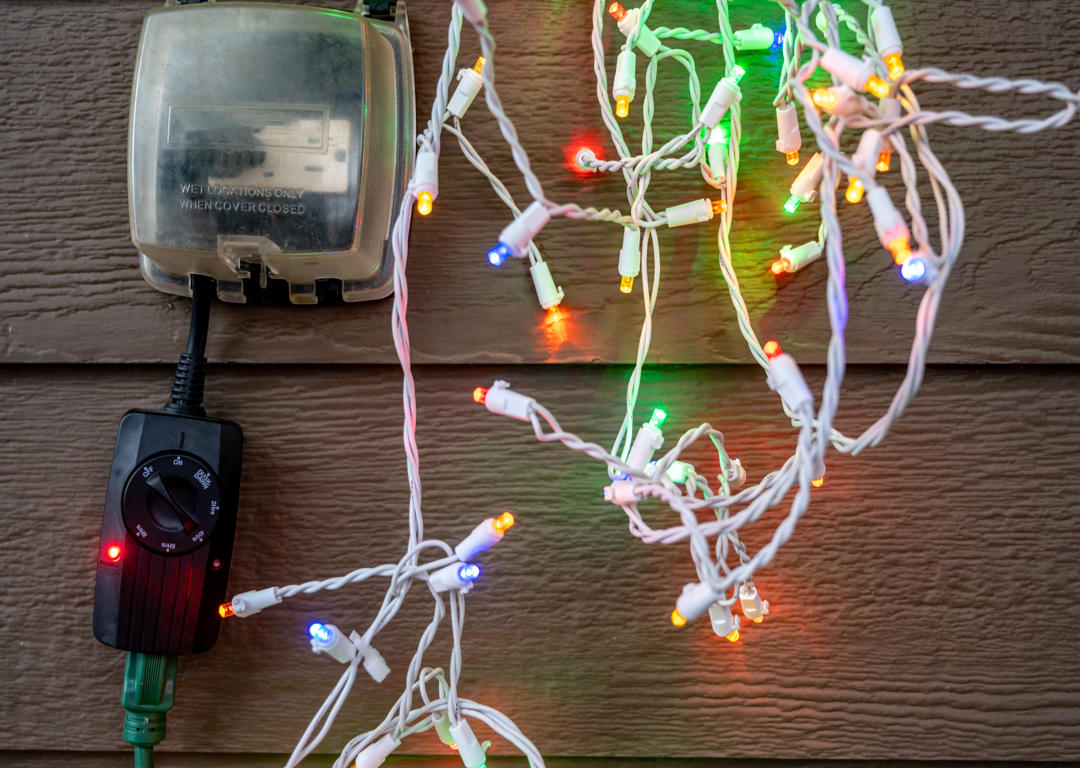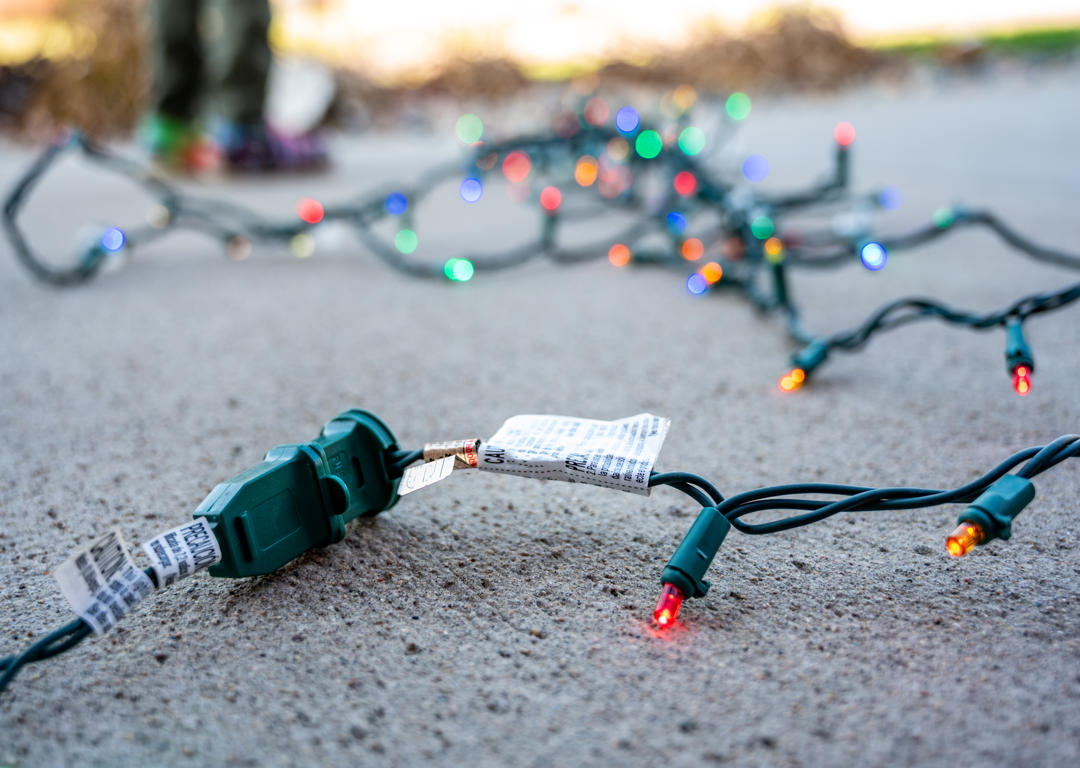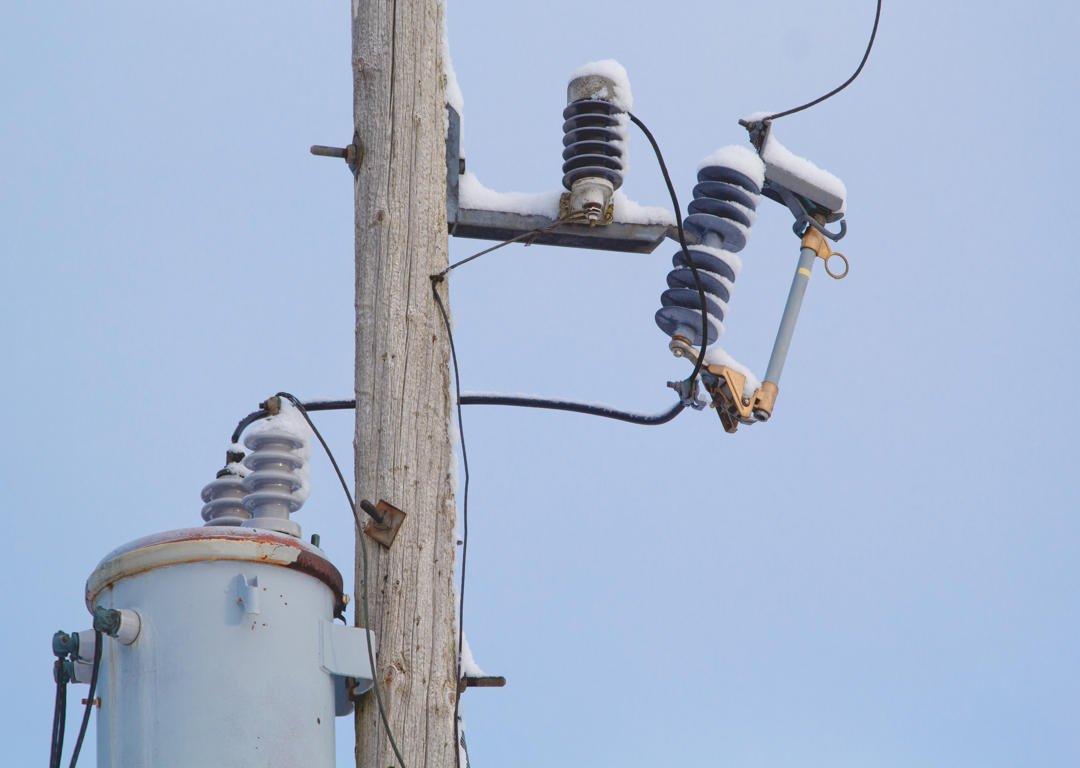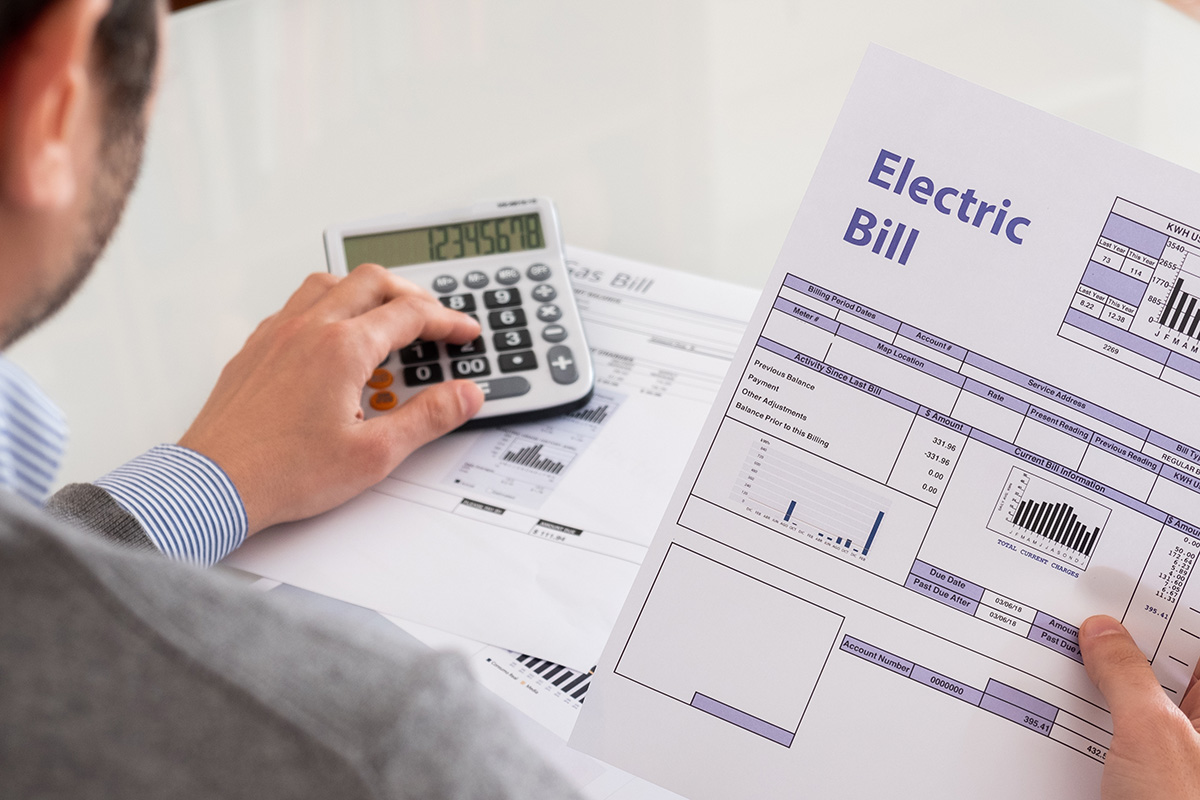
Electricity is a fundamental aspect of modern life, but the costs can quickly add up. Fortunately, there are several simple and effective ways to reduce your electric bill without sacrificing the conveniences you’ve grown accustomed to. Here are ten actionable and efficient strategies:
1. LED Lights Over Incandescents
Traditional incandescent bulbs consume up to 80% more electricity than LED bulbs and have a much shorter lifespan. By replacing your home’s most frequently used bulbs with LEDs, you can quickly recoup the initial investment in energy savings. LED bulbs are also more environmentally friendly, producing less heat and wasting less energy.
2. Invest in Energy-Efficient Appliances
When it’s time to replace an old appliance, consider upgrading to an energy-efficient model. Energy Star-certified appliances can save you up to 50% on electricity compared to non-certified models. Over the lifetime of an appliance, this could translate to hundreds of dollars in savings.
3. Programmable Thermostats
Heating and cooling account for nearly half of the energy used in a typical home. By using a programmable thermostat, you can schedule temperature changes to optimize energy use. For example, you might set it to cool or heat less while you’re out and return to a comfortable temperature before you arrive home. This adjustment can save you up to 10% on heating and cooling costs.
4. Seal and Insulate Your Home
Gaps in doors and windows can let out warm air during winter and cool air during summer. You can save up to 20% on heating and cooling costs by sealing cracks and gaps and adding insulation. Remember, a well-insulated home is a cost-efficient home.
5. Turn Off Phantom Loads
Even when turned off, many electronics, known as phantom loads, continue to draw power. These loads can account for up to 10% of your electrical bill. To combat this, plug devices into a power strip and turn the strip off when devices are not in use. You can also unplug devices you are not using regularly, such as TVs, computers, and phone chargers.
6. Use Ceiling Fans
Ceiling fans can be an energy-efficient way to stay comfortable. During summer, the fans create a wind-chill effect that can make a room feel cooler without lowering the thermostat. In winter, reversing the fan pushes warm air down. Remember to turn fans off when not in the room, as they cool people, not spaces.
7. Optimize Water Heater Settings
Approximately 18% of a home’s energy usage goes towards heating water. You can save energy and prevent scalding by setting the water heater to 120°F (or the “warm” setting). Additionally, insulating the heater and first six feet of pipes can further reduce costs.
8. Wash with Cold Water
Almost 90% of a washing machine’s energy goes towards heating water. Opting for cold-water washes can drastically reduce this energy consumption, leading to significant savings over time. Cold water washes are as effective as hot water washes for most clothing items.
9. Maintain Your Appliances
Regular maintenance of appliances, such as cleaning the filters in air conditioners or ensuring refrigerators are sealed properly, can improve their efficiency. Not only does this increase the appliance’s lifespan, but it also ensures they use less energy over time.
10. Solar Panel Installation
Solar panels can significantly reduce your electricity bill; in some cases, the energy company might even pay you for the surplus energy you generate. While the initial investment is high, the long-term savings and potential for tax incentives or rebates make this a worthy consideration.
Bonus Tip: Ask Your Utility Company About Discounts
Many utility companies offer discounts for certain customers, such as seniors, veterans, and people with disabilities. They may also offer discounts for using certain energy-efficient appliances or signing up for time-of-use pricing plans. It’s worth checking with your utility company to see if you qualify for discounts.
Following these tips can reduce your electric bill and save money on your monthly energy costs. You’ll also be helping the environment by reducing your energy consumption.

